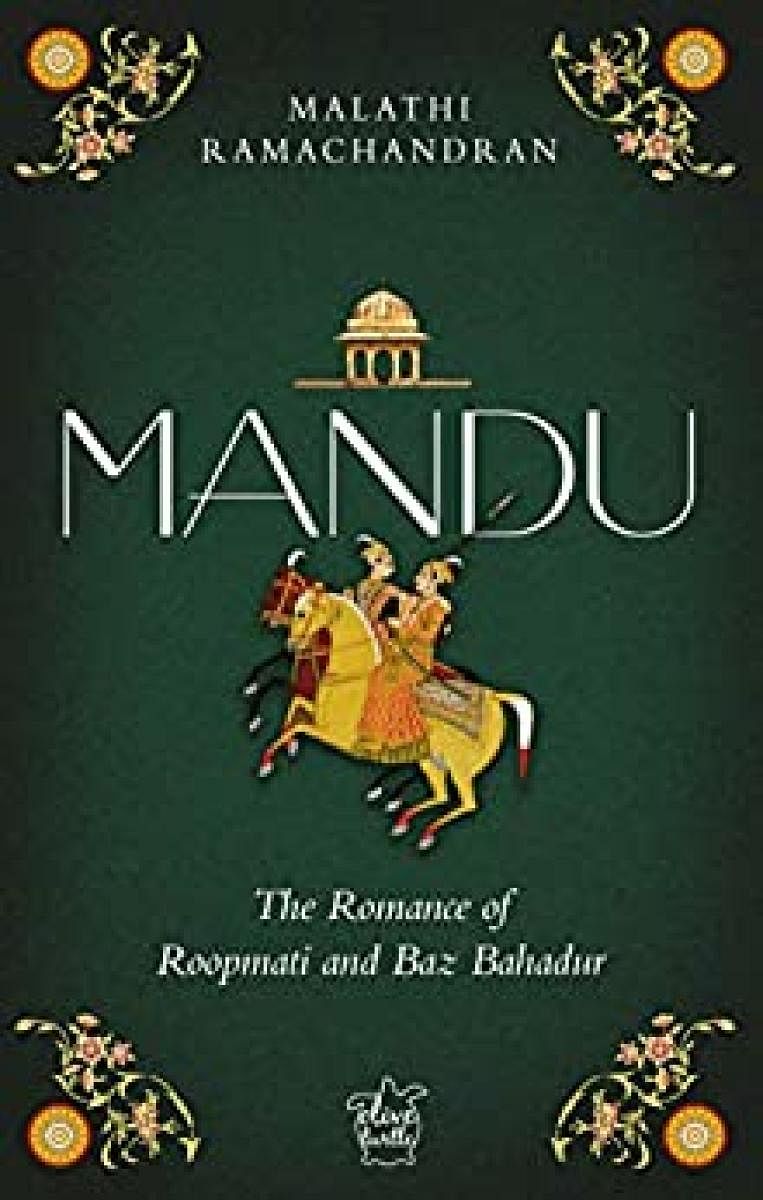Women working in the fields or winnowing grains in Madhya Pradesh sing the tale of a peasant girl Roopmati and Sultan Baz Bahadur of Malwa. For them, she remains the symbol of an ideal woman even today — beautiful, talented and pure-hearted.
This 16th-century folk story of Roopmati is the basic plot for Malathi Ramachandran’s new historical fiction ‘Mandu: The Romance of Roopmati and Baz Bahadur’, her second novel in the genre.
Her first, ‘The Legend of Kuldhara’, a historical novel set in Rajasthan, was also based on a folklore from a village near Jaisalmer.
The novel is set in the captivating green landscape of Mandu, located on the plateau of Malwa along the northern banks of River Narmada. Love for classical music brings Sultan Baz Bahadur and Roopmati together.
While both fall in love as days pass by, the Mughal Emperor Akbar sends his army headed by Adham Khan to attack Malwa. How eventually their life is turned upside down is the crux of the story.
River Narmada in the novel marks not only the conventional dividing line between North India and the rest of the Deccan, but also symbolically shows the invisible boundary set by the family and the society at large between the two lovers. The river that is more like a mother to Roopmati, which had kept the Sultan away from her, also becomes the reason for their unification.
The river becomes a silent witness to the gradual blossoming of love between the sultan and the countryside girl and her tragic end within a short span of time.
The work is not only rich with captivating descriptions of Mughal landscapes, but also overflows with details from the colourful life of the royals.
The writer uses three poems reportedly written by Roopmati herself — which were first recorded by Ahmad-ul-Umri in 1599 during the last years of Emperor Akbar’s rule and were translated to English by LC Crump — to bring out the character’s deepest thoughts.
When Roopmati says: “The loved one gives the heart the peace it craves/ But, lacking thee, Roopmati knows no peace/ For thou art fled! And life holds naught for her / But swift surcease,” one can feel the pain she experiences writing her last lines to the sultan.
Historical and fictional details are effortlessly interweaved in the narrative, including the conspiracies hatched by Jana Begum and Adham Khan’s plan to attack Malwa to take away Roopmati to adorn his harem. This story is a historical testimony to the proverb, “behind every great man is a great woman”.
The political decisions taken by men are nothing when compared to the machinations by women inside the walls of the harem.
The royal men know of the plots and schemes woven by women in the harems, but are helpless.
It’s not just Roopmati or Jana Begum or Hiba Rahima Sultana, the wife of the sultan, whose portrayal is multi-layered, even minor characters such as Sadiya, Nasi and Panna make their presence felt. The narration is precise and readers do not feel isolated from the story.
The flow is smooth, at times giving a feeling of personally sitting with Roopmati near the window watching lights that twinkle from every building in the city of Mandu and listening to her music. The novel keeps us engrossed till the end in its beautiful tale of romance, jealousy, history and the struggle for power during the Mughal era. The work is extremely emotional and gripping, making it a fascinating read.
